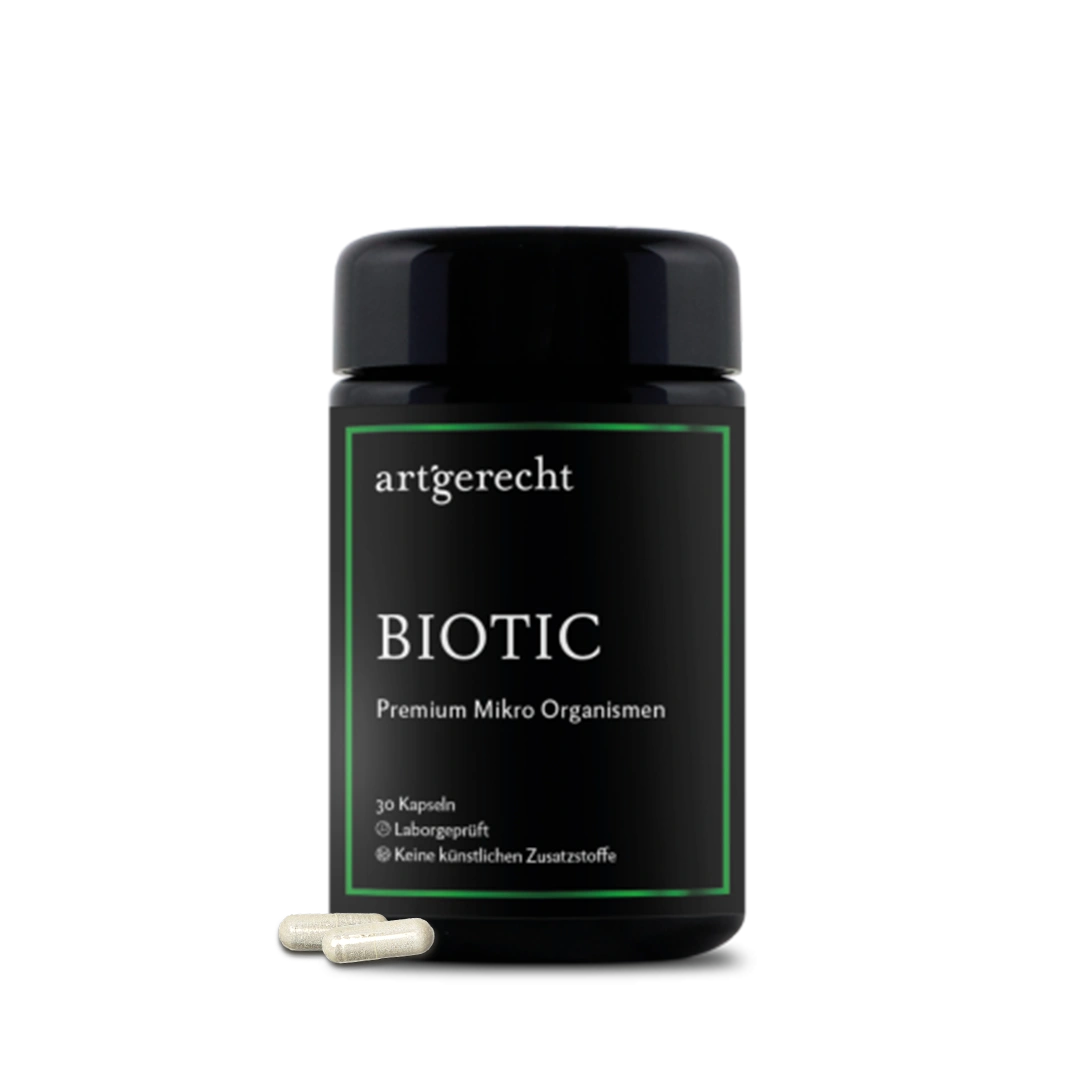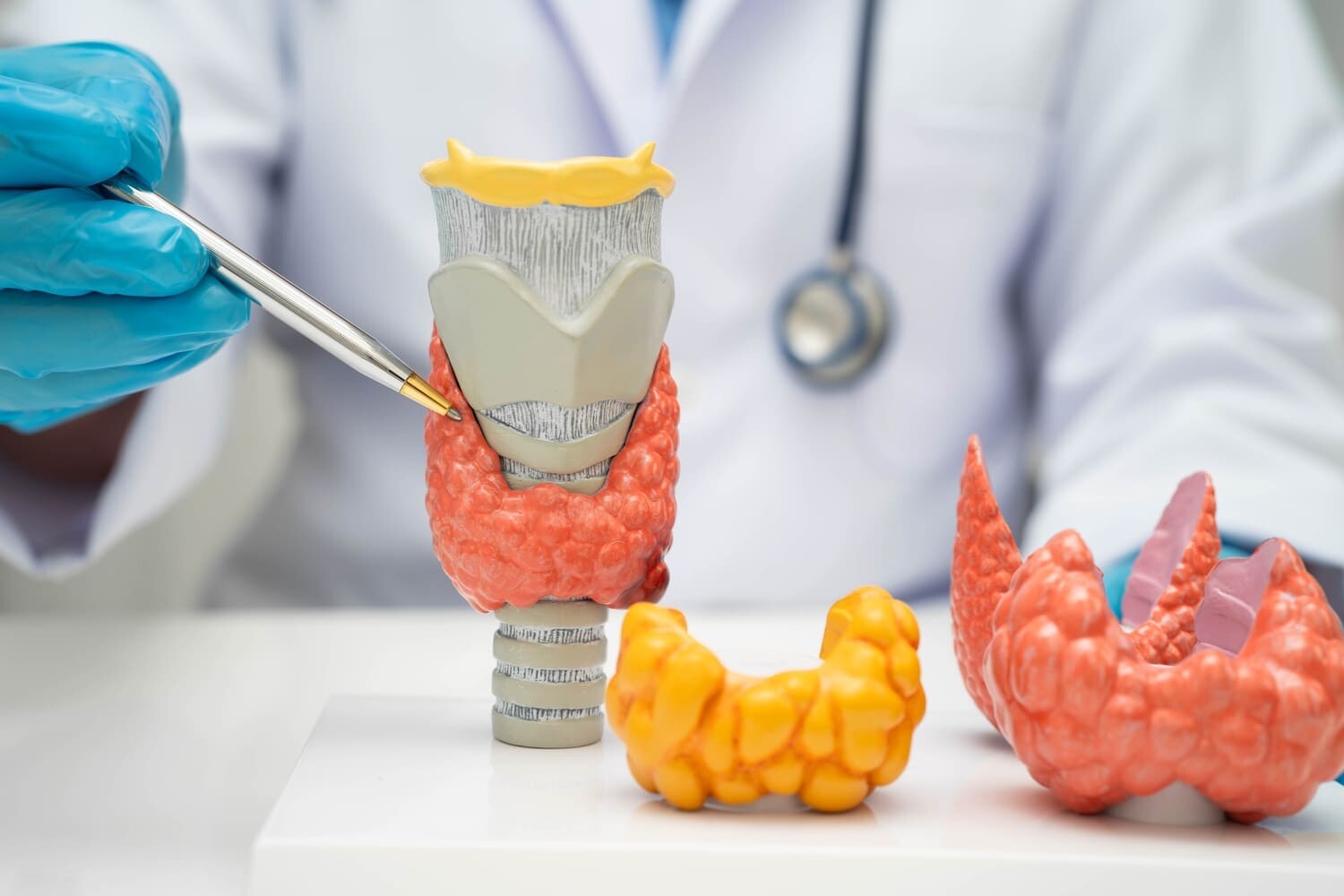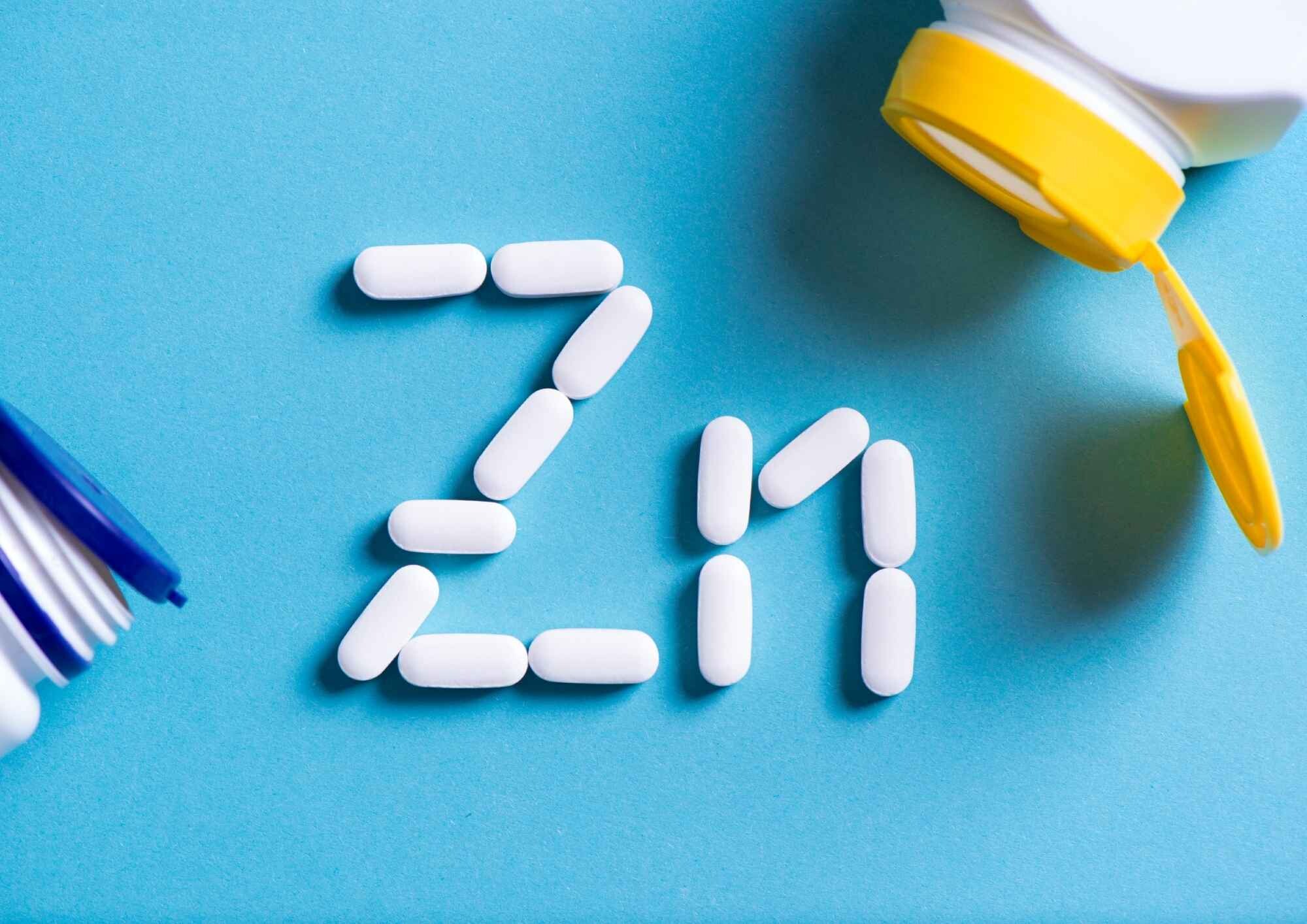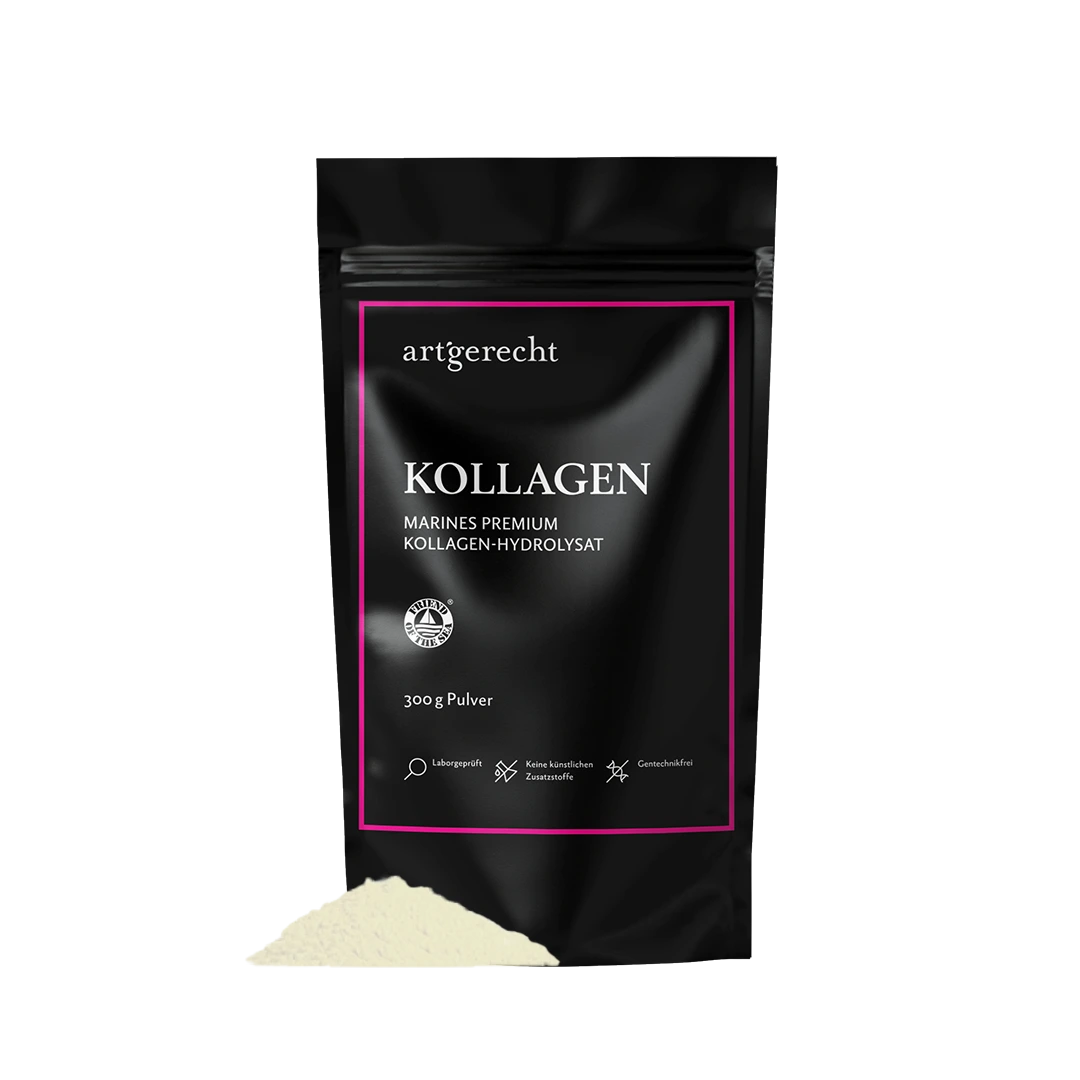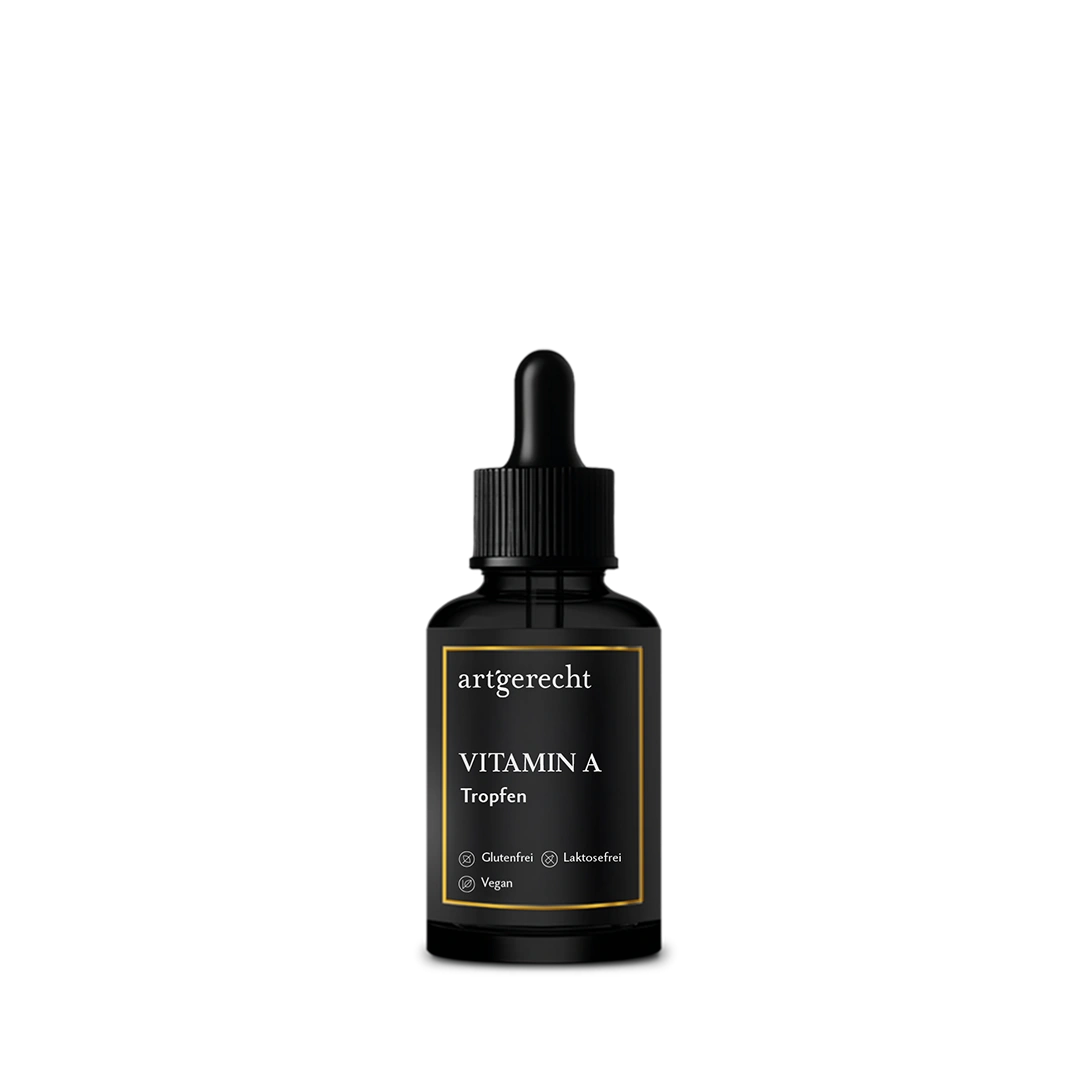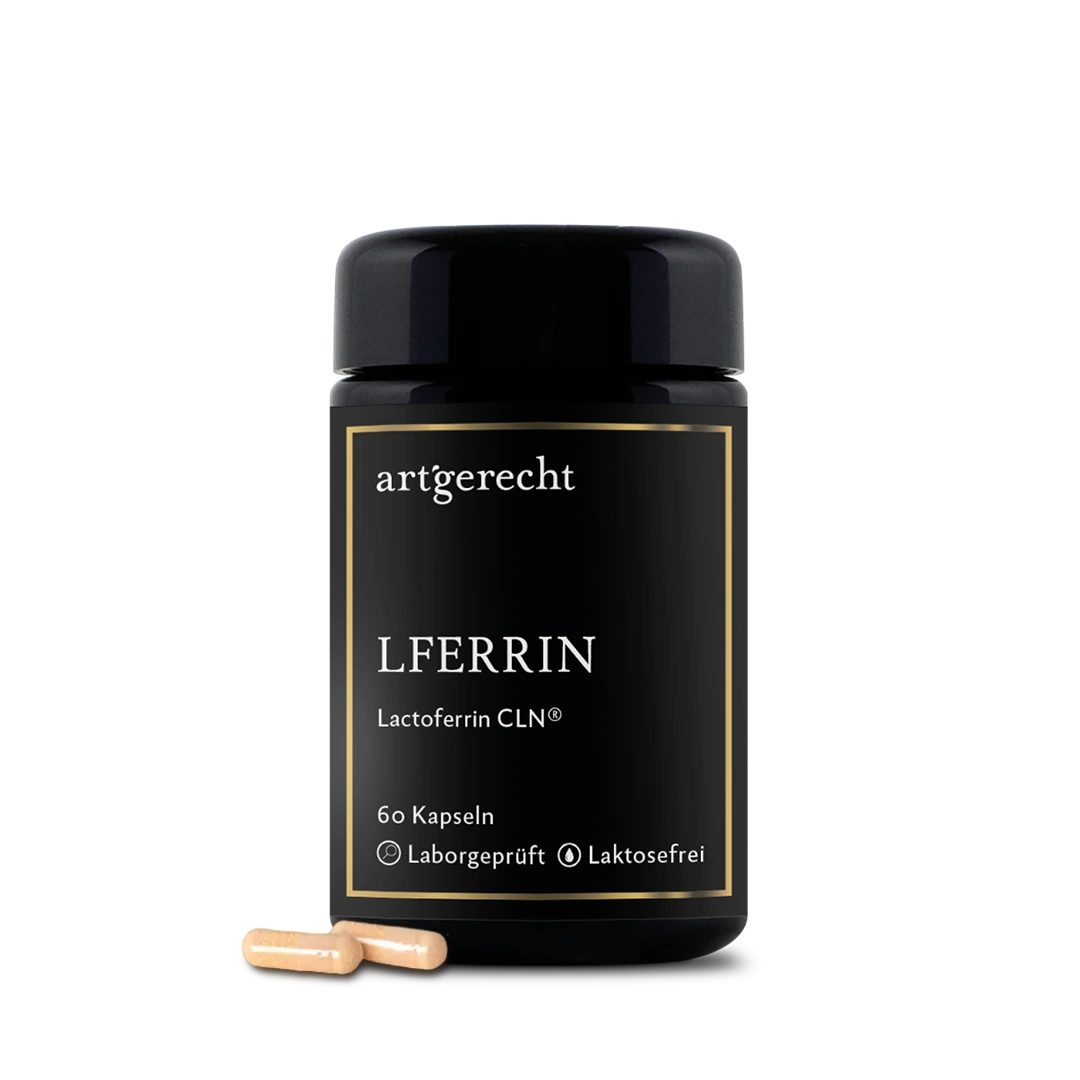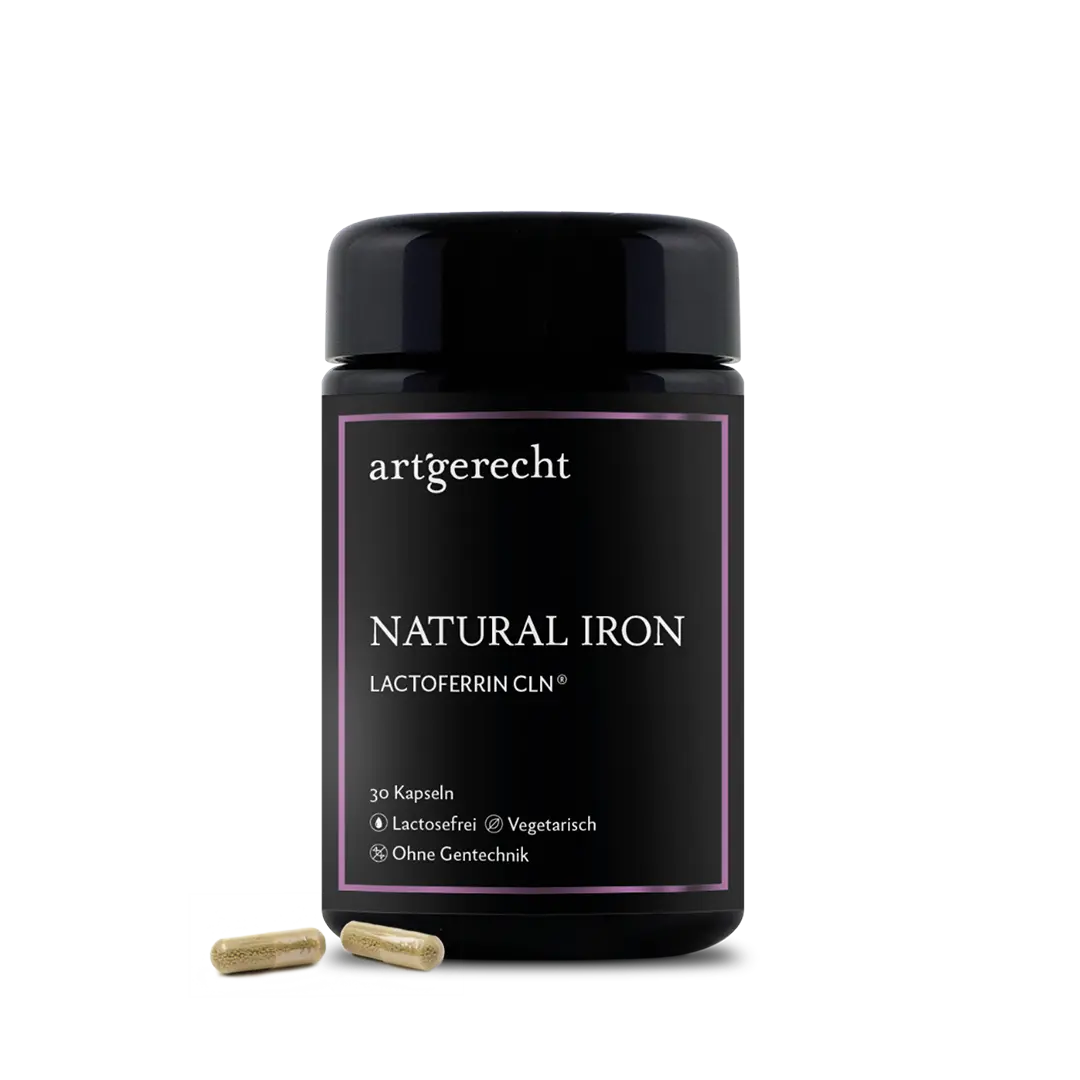The gut-brain axis describes the reciprocal relationship between our gut and brain. A variety of communication pathways, such as the nervous and hormonal systems, help here. However, it has recently been discovered that our microbiome also communicates with our gut and brain via various pathways. But how exactly does this interaction work?
What is the gut-brain axis?
The gut-brain axis describes the two-way communication between the gut and brain. Our microbiome also plays a central role in this interaction, which is why the name has now even been changed to the gut-brain microbiome axis. The intestinal microbiome – i.e. our intestinal flora – includes all microorganisms that have colonized the intestines.
The gut-brain-microbiome axis is by no means only responsible for the movement of the intestinal muscles (intestinal peristalsis) and the entire digestive process. It is also involved in the appetite, the energy balance of the body, the reward system and nutritional habits. Under normal circumstances, this communication network with all the partners involved ensures a self-regulating inner balance, the so-called homeostasis. Each part of this network influences the others. For example, our brain or psyche can have an influence on digestion and intestinal flora or vice versa. It all sounds a bit crazy at first, considering that bacteria seem to have an influence on our free will.
In addition, there is increasing evidence that the gut-brain microbiome axis is involved in many diseases, symptoms and functional complaints [1][2] [3] [4] [5]. But more on this later.
What effects does intestinal flora have on the psyche?
The intestinal flora interacts with our body via immunological, hormonal and neuronal pathways. Through this communication, it is able to influence the development and function of our brain and even our behavior. It has been shown that changes in the interaction of the gut, brain and microbiome are associated with changes in stress response and overall behavior in animals and humans. Interestingly, 50% of patients with irritable bowel syndrome have depression or anxiety as a concomitant disease. This is also reflected in the composition of the intestinal bacteria, which shows clear differences between patients with depression and healthy individuals. [3]
From research:
In an experiment, the intestinal flora of people suffering from depression was transplanted into healthy mice. The result: the mice showed depressive behavior. If, on the other hand, the intestinal flora of a healthy person was transplanted, the mice showed no change in behavior. [3]
The influence of stress on the gut and microbiome
Whether physical or psychological stress, both have a significant impact on your gut:
- The sympathetic nervous system, a part of our autonomic nervous system, is activated and the hormone cortisol is increasingly released. For the intestines, this means that intestinal movement and the production and secretion of digestive substances are significantly reduced. As a result, digestion comes to a standstill. This then manifests itself in the form of digestive disorders, such as constipation, bloating, feeling of discomfort and intestinal wind.
- The intestinal barrier becomes more permeable to bacteria, which in turn activates the immune system and reduces chronic inflammation. Over the long term, this condition can lead to leaky gut („Löchriger Darm“).
- The composition of the microbiome changes and often leads to an imbalance of „good“ and „bad“ intestinal bacteria – i.e. dysbiosis. This irritates the immune system and causes chronic low-grade inflammation.
- Persistent stress can even alter pain processing over a long period of time. The result is an increased perception of pain, which is often observed in irritable bowel syndrome patients [6].
The leaky gut syndrome
A high and, above all, long-lasting level of stress ensures that the intestinal wall becomes more permeable. The increased production of the hormone cortisol opens up cell-cell connections, the so-called tight junctions. This mechanism is primarily intended to facilitate the absorption of glucose (sugar), water and sodium so that we have sufficient energy during a stress reaction. If a stress reaction lasts too long, the mechanism unfortunately has more disadvantages than advantages: the opened tight junctions allow greater amounts of bacteria to overcome the intestinal barrier and permanently activate the immune system. This process also explains why many illnesses and symptoms worsen under stress.
How to support healthy gut flora
Of course, we can also support the good bacteria in our gut. For example, through the right nutrition or the supplementary intake of a probiotic preparation. This is because another communication pathway along the gut-brain axis is created via the metabolic products of the intestinal bacteria. These mainly include short-chain fatty acids. They are absorbed by the intestinal mucosa cells and passed on into the blood. There they circulate in the body in a similar way to hormones. On the one hand, they support our immune and nervous system and, on the other, they are an important component for the function of the intestinal barrier. However, the majority (approx. 60-70%) serve as energy carriers and therefore play an important role in the energy balance [7].
Our intestinal flora is also responsible for the production of short-chain fatty acids from indigestible carbohydrates (fiber and digestion-resistant starch). If there is a healthy balance between the intestinal bacteria, production runs smoothly. If the intestinal flora is disturbed (dysbiosis), the production of fatty acids is also significantly reduced [7] [8].
Of course, we can also support the good bacteria in our gut. For example, by eating the right nutrition or taking a probiotic preparation. This is because another communication pathway along the gut-brain axis is created via the metabolic products of the intestinal bacteria. These mainly include short-chain fatty acids. They are absorbed by the intestinal mucosa cells and passed on into the blood. There they circulate in the body in a similar way to hormones. On the one hand, they support our immune and nervous system and, on the other, they are an important component for the function of the intestinal barrier. However, the majority (approx. 60-70%) serve as energy carriers and therefore play an important role in the energy balance [7].
Our intestinal flora is also responsible for the production of short-chain fatty acids from indigestible carbohydrates (fiber and digestion-resistant starch). If there is a healthy balance between the intestinal bacteria, production runs smoothly. If the intestinal flora is disturbed (dysbiosis), fat and acid production is also significantly reduced [7] [8].
Practically speaking, our gut bacteria benefit from certain foods [9][10] [3], which stimulate the production of short-chain fatty acids. Important for this are fiber – especially from chicoryée, artichoke, agave (not as syrup), asparagus, garlic and leek. They have a high proportion of the fiber inulin, which is particularly good „food“ for the useful bifidobacteria [11]. Bifidobacteria are probiotic bacteria that support both healthy digestion and the immune system.
Intestinal bacteria for a healthy balance?
Current research is bringing more and more results to light that substantiate how the regulation of the intestinal flora by probiotics leads to an improvement of diseases. How exactly a probiotic works cannot be pinned down to a specific mechanism, but rather appears to be multifaceted.
And that's a good thing, because an imbalance between different bacterial strains in the intestinal flora is now closely linked to the development of chronic diseases, especially chronic inflammatory diseases.In particular chronic inflammatory bowel disease, obesity and irritable bowel syndrome[12].
The intake of probiotics with bifidobacteria and lactobacilli [12] is particularly suitable and can, for example, help with
- increase the production of short-chain fatty acids
- produce enzymes that support digestion
- increase the formation of tight junctions in intestinal cells and thus strengthen the barrier function
- strengthen and regulate the immune system
- reduce inflammation parameters
- protect against pathogens
Of course, each bacterial strain has its own functions, which are sometimes very specific. These strains are often used in research into specific diseases in order to take targeted action against them.
However, you don't have to suffer from a serious illness to benefit from a balanced intestinal flora. Lactobacillus helveticus, for example, shows positive effects in people who suffer from intestinal complaints due to chronic stress [13] and Bifidobacterium Longum improves brain activity under chronic stress [14].
All in all, a balanced intestinal flora reduces the risk of many diseases of civilization and benefits from more vitality and increased resistance.
Literature:
- Rea, K., Dinan, T. G., & Cryan, J. F. (2016). The microbiome: A key regulator of stress and neuroinflammation. Neurobiology of Stress, 4, 23–33. https://doi.org/10.1016/j.ynstr.2016.03.001
- Cryan, J. F., & Dinan, T. G. (2012). Mind-altering microorganisms: The impact of the gut microbiota on brain and behavior. Nature Reviews Neuroscience, 13(10), 701–712. https://doi.org/10.1038/nrn3346
- Dinan, T. G., & Cryan, J. F. (2017). Gut-brain axis in 2016: Brain-gut-microbiota axis-mood, metabolism and behavior. Nature Reviews Gastroenterology and Hepatology, 14(2), 69–70. https://doi.org/10.1038/nrgastro.2016.200
- Weltens, N., Iven, J., Van Oudenhove, L., & Kano, M. (2018). The gut–brain axis in health neuroscience: implications for functional gastrointestinal disorders and appetite regulation. Annals of the New York Academy of Sciences, 1428(1), 129–150. https://doi.org/10.1111/nyas.13969
- Rhee, Sang H, Pothoulakis, C and Mayer, E. A. (2009). 肠脑微生物轴的原理. Nature Reviews Gastroenterology and Hepatology, 6(5), 306–314. https://doi.org/10.1038/nrgastro.2009.35.Principles
- Dinan, T. G., & Cryan, J. F. (2017). Gut-brain axis in 2016: Brain-gut-microbiota axis-mood, metabolism and behavior. Nature Reviews Gastroenterology and Hepatology, 14(2), 69–70. https://doi.org/10.1038/nrgastro.2016.200
- Dinan, T. G., & Cryan, J. F. (2017). Gut-brain axis in 2016: Brain-gut-microbiota axis-mood, metabolism and behavior. Nature Reviews Gastroenterology and Hepatology, 14(2), 69–70. https://doi.org/10.1038/nrgastro.2016.200
- Weltens, N., Iven, J., Van Oudenhove, L., & Kano, M. (2018). The gut–brain axis in health neuroscience: implications for functional gastrointestinal disorders and appetite regulation. Annals of the New York Academy of Sciences, 1428(1), 129–150. https://doi.org/10.1111/nyas.1396
- Liu, H., Wang, J., He, T., Becker, S., Zhang, G., Li, D., & Ma, X. (2018). Butyrate: A double-edged sword for health? Advances in Nutrition, 9(1), 21–29. https://doi.org/10.1093/advances/nmx009
- Hirschberg, S., Gisevius, B., Duscha, A., & Haghikia, A. (2019, June 2). Implications of diet and the gut microbiome in neuroinflammatory and neurodegenerative diseases. International Journal of Molecular Sciences. MDPI AG. https://doi.org/10.3390/ijms20123109
- Liu, H., Wang, J., He, T., Becker, S., Zhang, G., Li, D., & Ma, X. (2018). Butyrate: A double-edged sword for health? Advances in Nutrition, 9(1), 21–29. https://doi.org/10.1093/advances/nmx009
- Yang, T., Richards, E. M., Pepine, C. J., & Raizada, M. K. (2018). The gut microbiota and the brain-gut-kidney axis in hypertension and chronic kidney disease. Nature Reviews Nephrology, 14(7), 442–456. https://doi.org/10.1038/s41581-018-0018-2
- OMahony, S. M., Clarke, G., Borre, Y. E., Dinan, T. G., & Cryan, J. F. (2015). Serotonin, tryptophan metabolism and the brain-gut-microbiome axis. Behavioral Brain Research, 277, 32–48. https://doi.org/10.1016/j.bbr.2014.07.027
- Dinan, T. G., & Cryan, J. F. (2017). Gut-brain axis in 2016: Brain-gut-microbiota axis-mood, metabolism and behavior. Nature Reviews Gastroenterology and Hepatology, 14(2), 69–70. https://doi.org/10.1038/nrgastro.2016.200
- Fernández, J., Redondo-Blanco, S., Gutiérrez-del-Río, I., Miguélez, E. M., Villar, C. J., & Lombó, F. (2016, August 1). Colon microbiota fermentation of dietary prebiotics towards short-chain fatty acids and their roles as anti-inflammatory and antitumor agents: A review. Journal of Functional Foods. Elsevier Ltd. https://doi.org/10.1016/j.jff.2016.06.032
- Sanders, M. E., Merenstein, D. J., Reid, G., Gibson, G. R., & Rastall, R. A. (2019). Probiotics and prebiotics in intestinal health and disease: from biology to the clinic. Nature Reviews Gastroenterology and Hepatology. https://doi.org/10.1038/s41575-019-0173-3
- Sanders, M. E., Merenstein, D. J., Reid, G., Gibson, G. R., & Rastall, R. A. (2019). Probiotics and prebiotics in intestinal health and disease: from biology to the clinic. Nature Reviews Gastroenterology and Hepatology. https://doi.org/10.1038/s41575-019-0173-3
- Diop, L., Guillou, S., & Durand, H. (2008). Probiotic food supplement reduces stress-induced gastrointestinal symptoms in volunteers: a double-blind, placebo-controlled, randomized trial. Nutrition Research, 28(1), 1–5. https://doi.org/10.1016/j.nutres.2007.10.001
- Wang, H., Braun, C., Murphy, E. F., & Enck, P. (2019). Bifidobacterium longum 1714TM Strain Modulates Brain Activity of Healthy Volunteers during Social Stress. American Journal of Gastroenterology, 114(7), 1152–1162. https://doi.org/10.14309/ajg.0000000000000203


